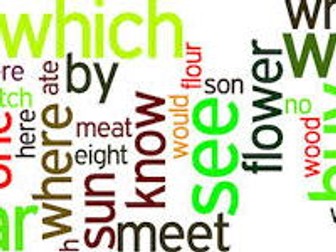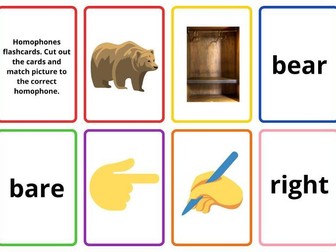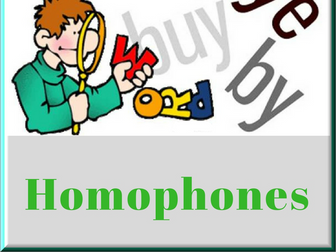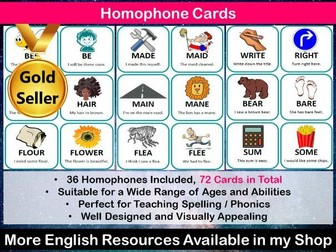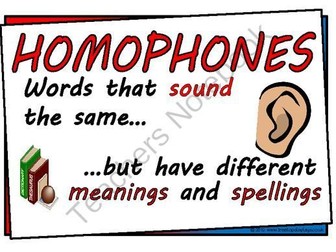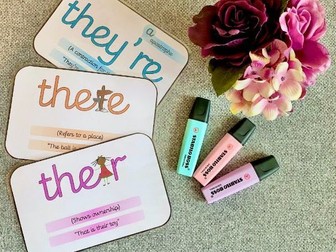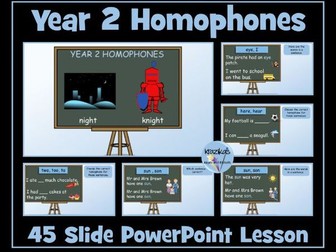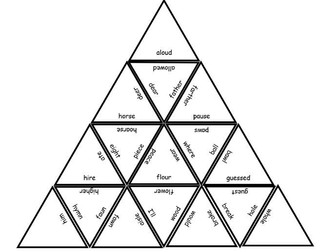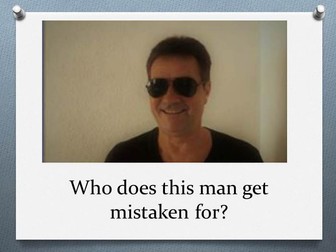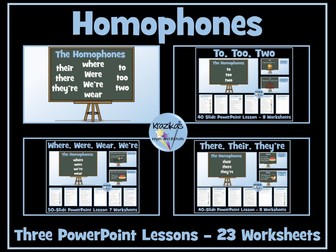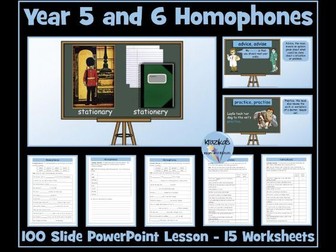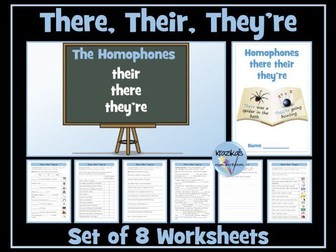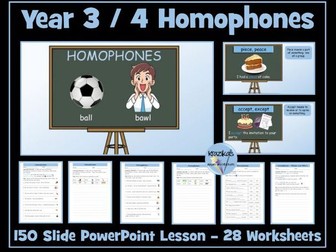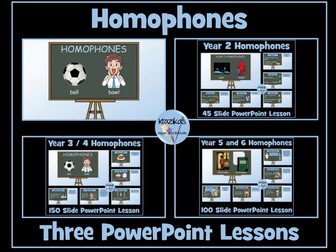
Homophone Bingo
I have compiled this Homophone Bingo game as a reinforcement activity for my class. Students can play in groups up to 8.
This pack includes 8 half page Bingo boards and 24 question cards which require students to identify which homophone is being used in the sentence. I have included a black and white set which can be copied onto colored paper as well as a colored set.
Students take turns to select a card and read it to the rest of the group. Students search for the word on their Bingo boards and then cover it with a counter. The reader checks that the rest of the group have selected the correct homophone. Students need to acquire four in a row to win the game.
Homophone Bingo is a great addition to your literacy centre as a well as an ‘early-finishers’ activity.
Should you wish for additional words to be added to this set, please do not hesitate to contact me at margauxlangenhoven@gmail.com.
I trust your students will enjoy this activity.
Margaux
